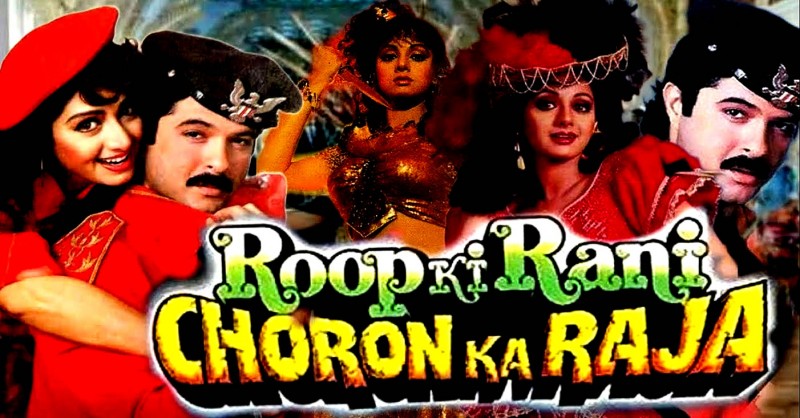
Bollywood, the Indian film industry, has been known for producing extravagant and opulent movies that often break records and captivate audiences worldwide. However, not every high-budget production translates into box office success. One such example is "Roop Ki Rani Choron Ka Raja," a film that not only grabbed headlines for being India's most expensive movie at the time but also became a significant commercial failure. This article delves into the details of this ill-fated venture, exploring the factors that contributed to its downfall.
The 1993 film "Roop Ki Rani Choron Ka Raja" was produced by Boney Kapoor and directed by Satish Kaushik. This movie had a huge budget, making it the most expensive Indian movie ever made at the time, which made it stand out even before it was released. Anil Kapoor, Sridevi, and Anupam Kher were among the big names on the ensemble cast, which helped the movie gain a lot of attention before it even opened.
The budget for the movie was reportedly around 9 crores, an enormous sum for the early 1990s. This budget was devoted largely to the movie's production, which included expensive sets, pricey costumes, and high-end equipment. The song sequences in the film were especially lavish, with exotic settings and elaborate choreography. There was no doubt that every penny was spent on the production of "Roop Ki Rani Choron Ka Raja."
With such a sizable budget and a stellar cast, there was a great deal of anticipation for the movie. The opulence of the movie was highlighted in the trailers and marketing materials, which also promised an unforgettable cinematic experience. The expectations placed on "Roop Ki Rani Choron Ka Raja" by its budget and pre-release buzz were extremely high, and both audiences and critics were interested to see if it could live up to them.
Despite all the hype and investment, "Roop Ki Rani Choron Ka Raja" faced a disastrous fate at the box office. The film received a lukewarm response from both critics and audiences. There were several reasons for this spectacular failure:
Weak Script and Direction: One of the primary factors contributing to the film's downfall was its weak script and direction. The story lacked originality and failed to engage the audience. The screenplay meandered, and the narrative appeared disjointed.
Excessive Budget: While the film's lavishness was its selling point, it also proved to be its Achilles' heel. The extravagant spending left little room for a compelling storyline and engaging character development. Audiences were left wondering if the film was more about showcasing wealth than telling a gripping story.
Excessive Budget: The lavishness of the movie was both its selling point and its downfall. The extravagant spending made it difficult to develop a gripping plot and interesting characters. The film's viewers wondered if it was more about showcasing wealth than it was about telling a compelling tale.
Released against stiff competition: "Roop Ki Rani Choron Ka Raja" was released against strong competition from other well-known films that were also hitting theatres at the same time. This further polarised the audience and had an impact on the movie's chances at the box office.
Long Runtime: The audience's tolerance levels were put to the test by the film's protracted length. It became tiresome to watch at almost three and a half hours, which caused walkouts in theatres.
Unmet Expectations: The film fell short of the cinematic spectacle that the promotional materials had promised. The emphasis on superficial glamour let down viewers who were hoping for an interesting story.
The cautionary tale "Roop Ki Rani Choron Ka Raja" serves as in Indian film history. Even though it had a lot of potential and was the most expensive movie ever made in India when it was released, it ultimately failed due to the excess it contained. The movie serves as a reminder that if the fundamental components of storytelling and direction are neglected, a big budget and a star-studded cast do not guarantee success.
"Roop Ki Rani Choron Ka Raja" serves as a case study for aspiring filmmakers and members of the industry, emphasising the value of a well-rounded approach to storytelling. While grandeur can undoubtedly increase a movie's appeal, it should support, not obscure, an engaging story. The failure of this movie continues to be a sombre chapter in Bollywood's history, serving as a constant reminder that in the world of films, the story is what matters most.
The Song That Rescued 'Roop Ki Rani Choron Ka Raja' After 5 Years